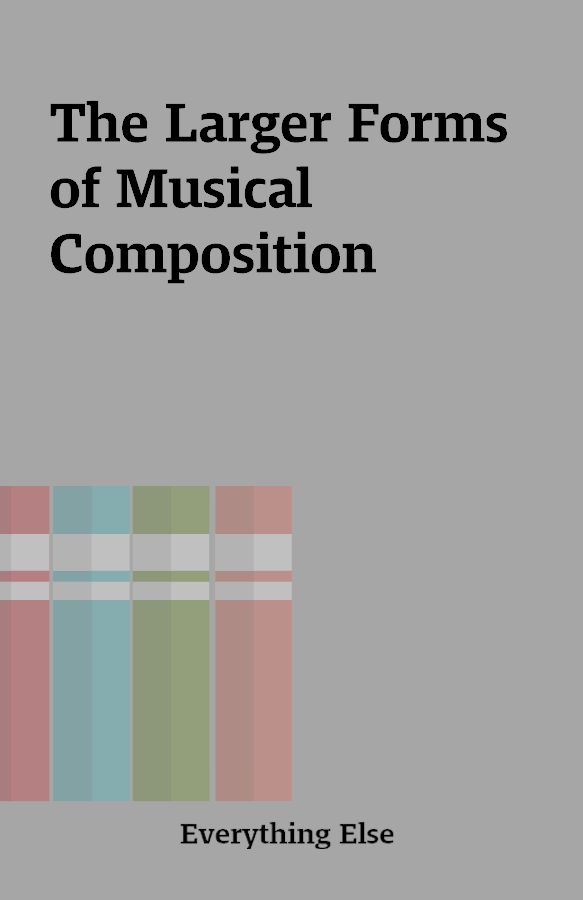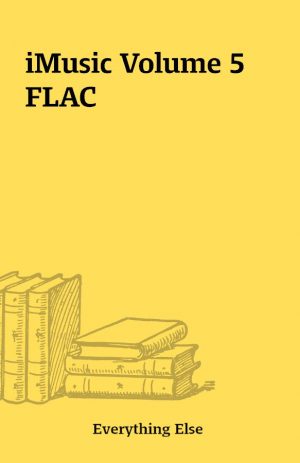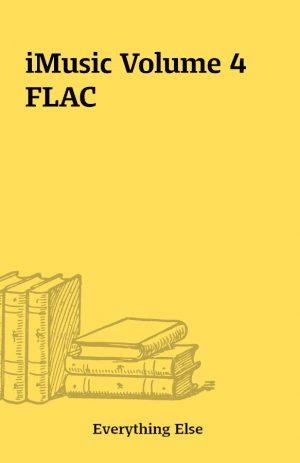The Larger Forms of Musical Composition
Goetchius large forms.pdf
[1 PDF]
Description
If you like this material ,Please, Join the Instant Composer Groupbuy because we will bring even more value to elib… My review: this is advanced stuff, the thing is that perhaps you know how to compose a melody even a song, but if you want to move foward , you could with this ebook learn how to make rondos sonatas passacaglias etc… you don’t know what they are? don’t you worry read the ebook and you will learn the form to compose your own sonata OVERVIEWCovering Two, Three, and Four part Counterpoint, Modulations, Sequences, Motive- Development, the Small InventionVery little is known about Percy Goetschius, but his list of students was a true Who’s Who of composers and composers whose lives spanned into the early 21st Century. Outside of Nadia Boulanger, it’s doubtful that any other single music teacher has had such a profound impact on his students as Percy Goetschius did.What we know of Dr. Goetschius we found on line through the Passaic County Historical Society, Lambert Castle, in Paterson, NJ. Percy Goetschius is a native Patersonian who has won international fame in the teaching of the theory of composition. Born in this city in 1853, he was piano pupil of Robert E. H. Gehring, a prominent teacher of that era. Mr. Goetschius was the organist of the Second Presbyterian Church 1868-1870 and of the First Presbyterian 1870-73, and pianist of Mr. Benson’s Paterson Choral Society. He went to Stuttgart, Wurtenberg, in 1873 to study in the conservatory, and soon advanced to the teaching ranks. The King conferred upon him the title of royal professor. He composed much, and reviewed performances for the press. In 1892 he took a like position in the New England Conservatory, Boston, and four years later opened a studio in that city. In 1905 he went to the staff of the New York Institute of Music and Art, headed by Dr. Frank Damrosch. Prof. Goetschius has published nine textbooks on theory, which are accepted as standards in the musical world.Summary Table of Contents The Larger Forms of Musical Composition Chapter 1 – The Ground-MotiveChapter 2 – The Ground-bass, or Basso OstinatoChapter 3 – The PassacagliaChapter 4 – The ChaconneChapter 5 – The Small (or simple) Variations-formChapter 6 – The Large (or Higher) Variation-FormChapter 7 – The First Rondo FormChapter 8 – The Second Rondo FormChapter 9 – The Third Rondo FormChapter 10 – The Sonatina-formChapter 11 – The Sonata-Allegro FormChapter 12 – Miniature Sonata-Allegro, as Expanded Three-partChapter 13 – Irregular Forms: IntroductionChapter 14 – Isolated Unique DesignsChapter 15 – The OvertureChapter – 16 The Compound Forms
You must be logged in to post a review.






Reviews
There are no reviews yet.